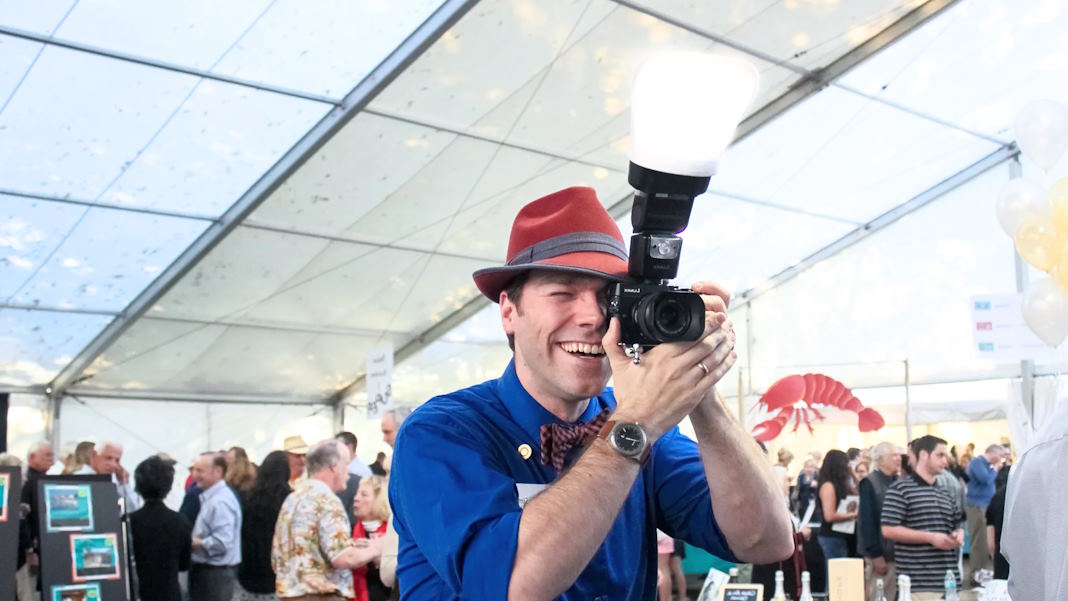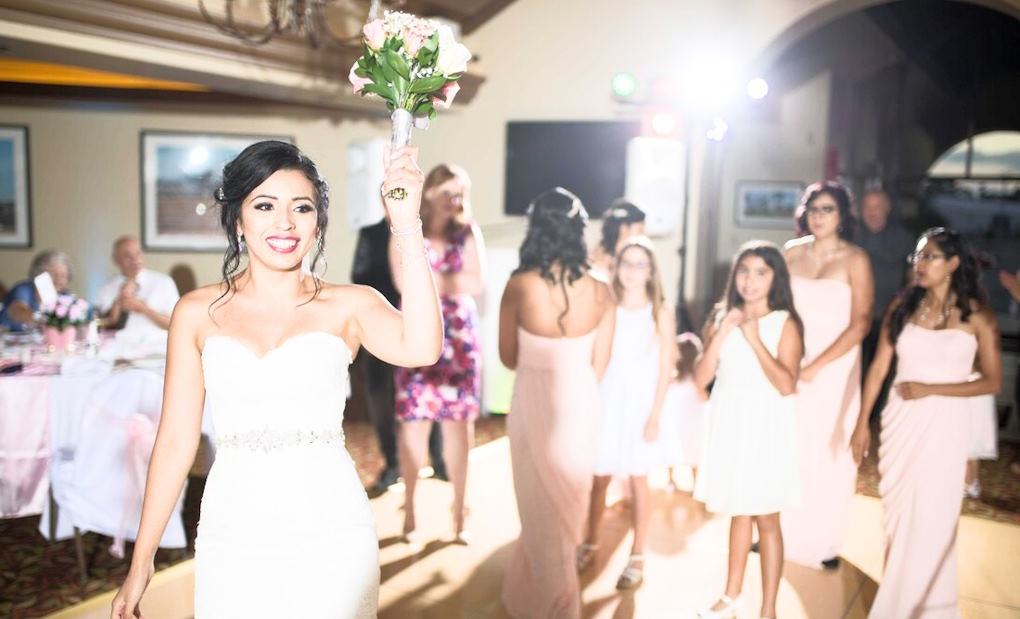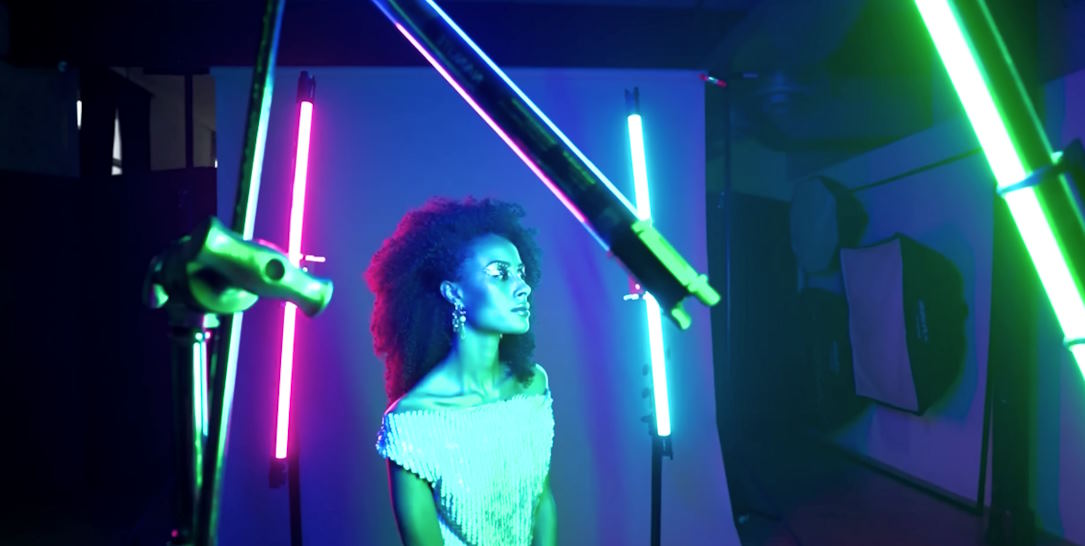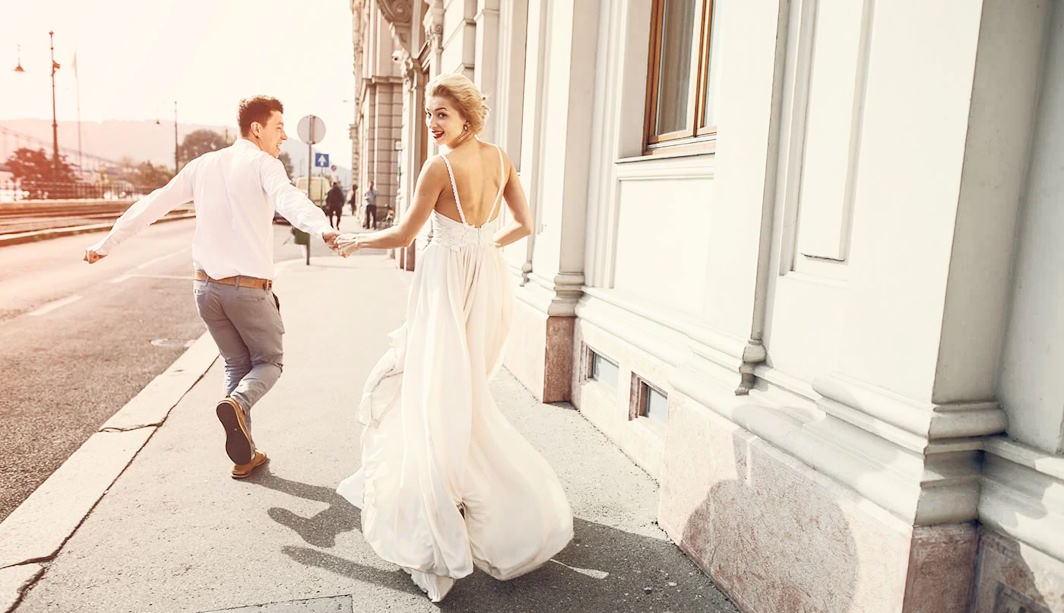Have you ever wondered why some event photos pop with vibrant clarity while others seem flat and lifeless? The secret lies not just in capturing the moment but in how you manipulate light to tell a compelling visual story. Think of light as your accomplice in the quest for unforgettable event photography—it’s more than just brightness; it’s the sculptor of shadows, the painter of atmosphere. Whether you’re navigating the nuances of a sun-drenched outdoor ceremony or navigating the subtle interplay of ambient light indoors, understanding and mastering lighting techniques can turn a good photo into an exceptional one.
Types of Lighting
Event photographers often encounter two main types of lighting: natural and artificial. Natural light from the sun provides a warm, soft glow during the day, ideal for outdoor events or venues with large windows. Artificial light, on the other hand, includes everything from overhead fluorescents to strategically placed spotlights and LED panels indoors. Each type influences how your camera captures colors, shadows, and textures in the scene.
Key Considerations
Successful event photographers pay close attention to venue-specific lighting conditions. Whether you’re shooting a sunset wedding on a beach or a corporate conference in a hotel ballroom, understanding the available light sources and how they interact with your camera settings is crucial. Additionally, factors like the time of day and weather conditions for outdoor events can significantly impact your lighting strategy.

Equipment and Tools for Lighting Control
As a photographer, your tools extend beyond just your camera. Proper lighting equipment can make a world of difference in capturing stunning event photographs.
Camera Settings
Before delving into lighting gear, familiarize yourself with your camera’s manual settings. Adjusting ISO, aperture, and shutter speed allows you to control how much light enters the lens and how your camera interprets it. This knowledge forms the foundation for adapting to various lighting conditions on the fly.
Lighting Equipment
To manipulate and enhance lighting in different environments, consider investing in essential tools such as:
- Speedlights: Portable and versatile for quick adjustments in any setting.
- Softboxes and Umbrellas: Diffuse harsh light and create soft, flattering shadows.
- Reflectors: Bounce light onto subjects to fill in shadows and add warmth.
- Gels: Add creative color effects or correct color temperature discrepancies in mixed lighting scenarios.
- Tripods: Stabilize your camera for long exposure shots or when using slower shutter speeds in low light.
Portable Options
For event photographers constantly on the move, portable lighting solutions like battery-powered LED panels or compact ring lights offer flexibility without sacrificing quality. These options ensure you’re prepared for any lighting challenge without being weighed down by bulky equipment.
Techniques for Enhancing Event Photography with Lighting
Now that you’re equipped with the basics, let’s explore practical techniques for using lighting to elevate your event photography from ordinary to exceptional.
Using Ambient Light
Ambient light refers to the existing illumination in your environment, whether from sunlight streaming through windows or the glow of overhead fixtures. Mastering the art of using ambient light involves:
- Positioning: Experiment with different angles to find the most flattering light for your subjects.
- Exposure Compensation: Adjust your camera settings to balance bright highlights and deep shadows for a well-exposed image.
- Silhouette Effects: Embrace the contrast between light and shadow to create dramatic silhouettes against vibrant backgrounds.
Adding Fill Light
In situations where ambient light alone isn’t sufficient, introduce fill light to enhance your subjects:
- Fill Flash: Use a speedlight or on-camera flash to illuminate shadows and add clarity to facial features, particularly in outdoor or backlit settings.
- Reflectors: Redirect natural or artificial light onto subjects to soften shadows and achieve a more balanced, natural-looking portrait.
- Balancing Techniques: Blend fill light seamlessly with ambient light to maintain a natural atmosphere while enhancing details in your photographs.
Creating Atmosphere
Beyond simply illuminating subjects, lighting plays a pivotal role in setting the mood and ambiance of an event photograph:
- Color Gels: Overlay colored gels on your lights to cast subtle hues or bold splashes of color, enhancing the emotional impact of your photos.
- Spotlight Effects: Direct focused beams of light to highlight key elements or individuals within a crowded scene, drawing attention to pivotal moments.
- Dynamic Lighting: Experiment with moving light sources to create dynamic patterns or light trails, adding a sense of movement and energy to static event photography.



